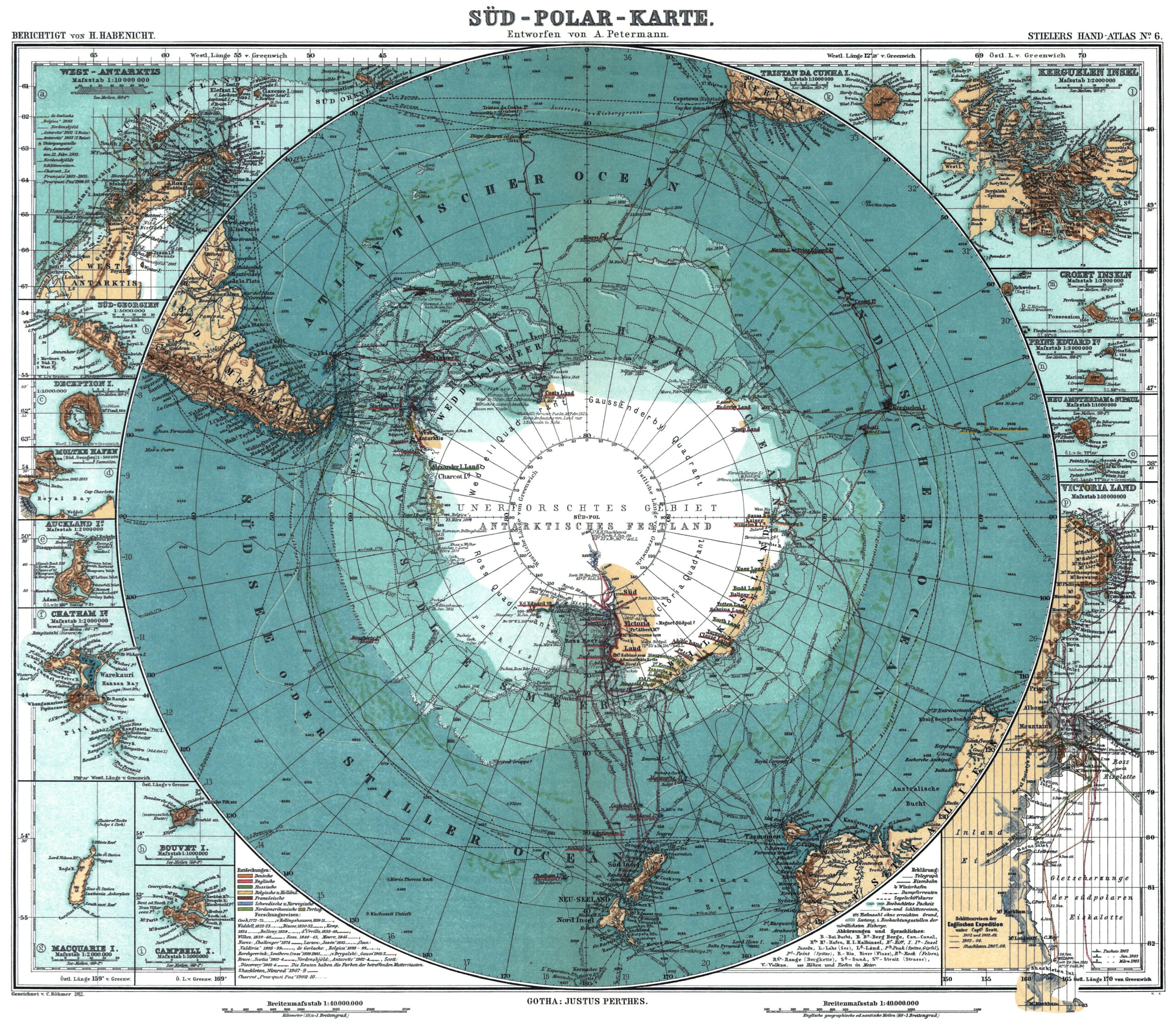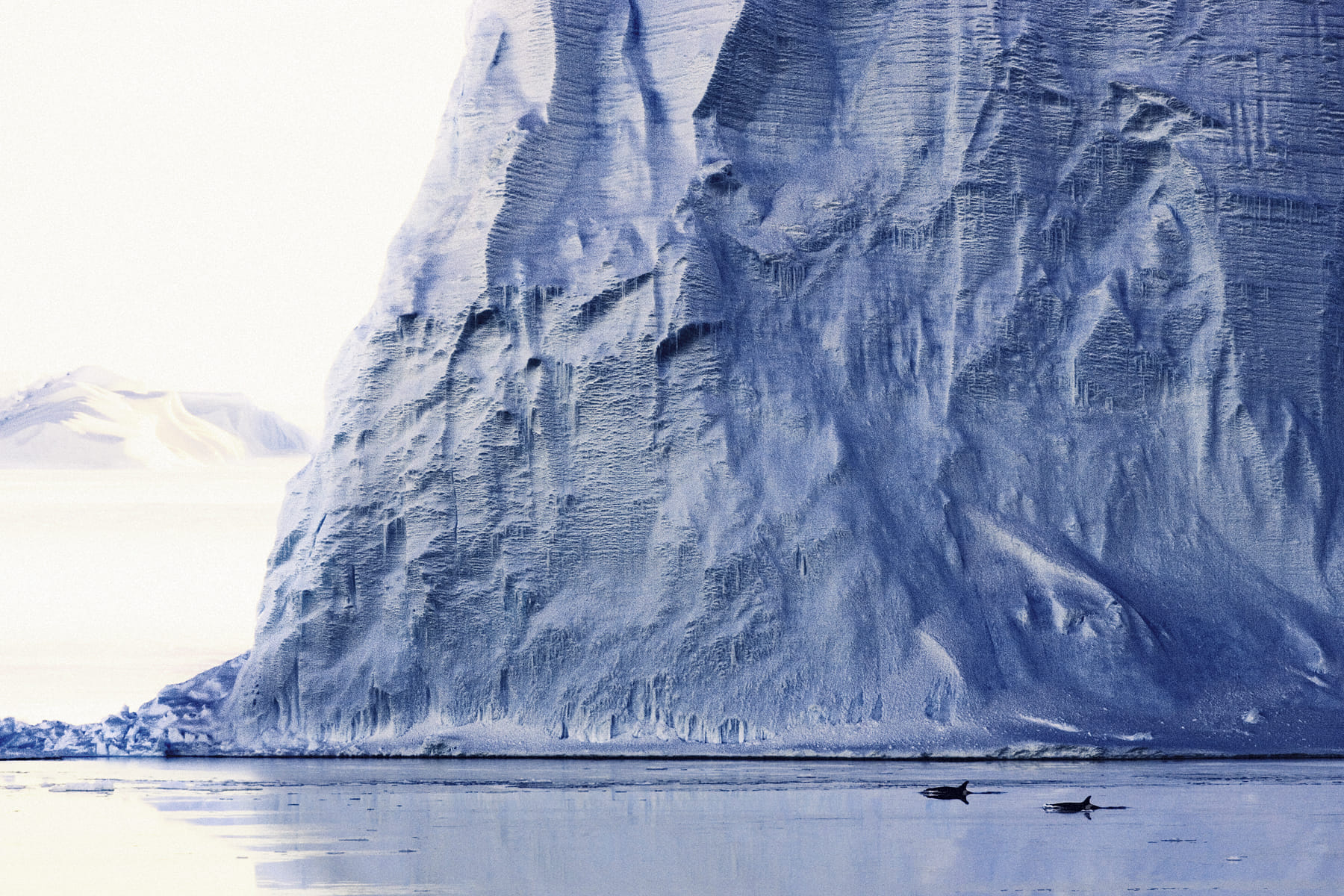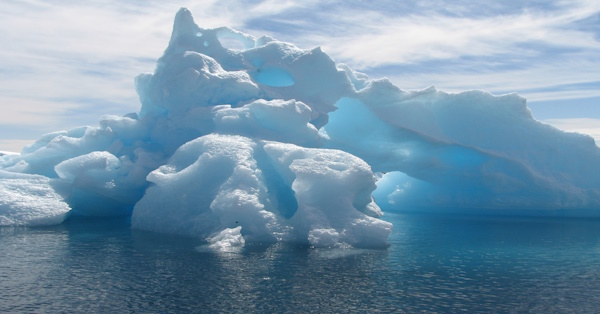Last Updated on August 24, 2023 by admin
Antarctica not being spared from climate change
Scientists are finding shattered temperature records and an increase in the size and number of extreme weather events even in Antarctica, considered to be one of the remote, untouched and pristine locations on earth. According to F Frontiers in Environmental Science, a new environment publication, the southernmost continent is no longer protected from the damaging impact of climate change, which is considered to be instrumental in global warming.
The study, led by glaciologist and University of Exeter professor Martin Siegert, synthesizes research on Antarctica’s atmosphere, weather patterns, sea ice, glaciers, ice shelves, and biology to better understand the causes and impacts of the continent’s worsening climate extremes. Siegert and his colleagues found that despite Antarctica’s location at the bottom of the world, it is profoundly impacted by the climate crisis.
“A changing Antarctica is bad news for our planet,” Siegert said. He added that the continent was not a static giant frozen in time. Instead it experiences the wrath of climate change “sporadically and unpredictably” .

The most visible impact
The most visible impacts have occurred along the Antarctic Peninsula and West Antarctica, where rising air and ocean temperatures have caused dramatic melting of ice sheets and glaciers. The Thwaites Glacier in West Antarctica is melting so quickly it has been dubbed the “Doomsday Glacier.” An international research collaboration is urgently working to understand the instability of this massive glacier, whose complete collapse could trigger catastrophic sea level rise over the coming centuries.
Meanwhile, the ups and downs of Antarctic sea ice have puzzled scientists. Sea ice extent hit a record high in 2014 before plunging to record low minimums in 2017 and 2022. This extreme variability is likely linked to shifting wind patterns and ocean currents caused by climate change. Less sea ice means more dark ocean water is exposed, absorbing more heat from the sun and amplifying warming.
The importance of Antarctica
The consequences of the continent’s continued transformation will reverberate far beyond the continent’s frozen edges. The melting of its ice sheets is already responsible for 20-25 per cent of global sea level rise. If high emissions continue, Antarctica could contribute over a meter of sea level rise by 2100, severely threatening coastal communities and infrastructure worldwide.
Antarctica contains 90 per cent of the world’s freshwater as ice. As its ice melts into the ocean, it not only raises sea levels but also disrupts and dilutes the global network of ocean currents that distribute heat and nutrients around the planet. This could alter climate patterns in complex ways.
In addition, the bright white ice of Antarctica reflects a tremendous amount of solar radiation back to space. More melting exposes more heat-absorbing rock and ocean, reducing Earth’s albedo (reflectivity) and causing additional warming. Some scientists estimate Antarctica’s albedo change could account for 25% of total global warming this century.

The changes in such a pristine environment so far from human civilization should serve as a warning that climate change has already breached planetary boundaries, says Siegert. The area contains 14 million square km of wilderness that is being increasingly disrupted.
For example, the Antarctic Peninsula is one of the fastest-warming places on Earth. This has allowed invasive species like grasses to colonize new areas, crowding out native plants. The Adélie penguin population on the Peninsula has declined as its krill food source is disrupted by less sea ice cover. Other species like Gentoo and Chinstrap penguins are expanding their ranges southward as the region warms.
In West Antarctica, massive calving events have caused ice shelves to lose an area larger than Scotland in just 5 years. When ice shelves collapse, the interior glaciers they hold back flow faster to the ocean, contributing to sea level rise. Meanwhile, warming soils in East Antarctica could be releasing climate-warming carbon dioxide and methane.
Siegert’s appeal on Antarctica
Siegert and his team appealed strongly in favor of urgent action quickly to curb emissions in the region, considering raoid changes were taking place in Antarctica. They called these to be the “early warning signals of what could happen across the world, unless nations decarbonized their economies.
They recommended additional investments should be made in research to further understand the regions risks and vulnerabilities and the underlying processes that were triggering the change.
“We have pushed the Antarctic climate system out of equilibrium and global cooperation and commitment are needed to stabilize it. What we do in the next decade will determine Antarctica’s – and humanity’s – future over millennia.”

